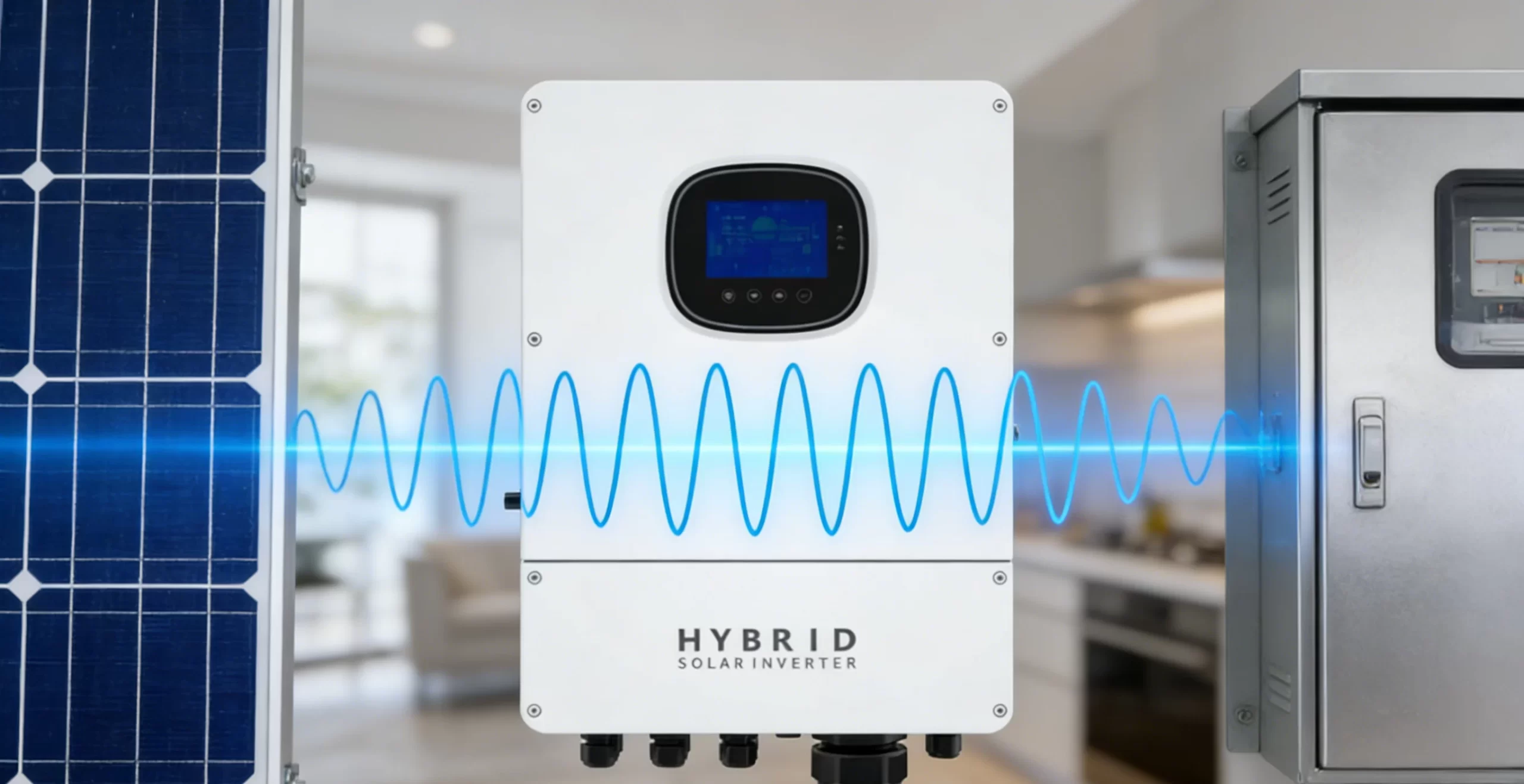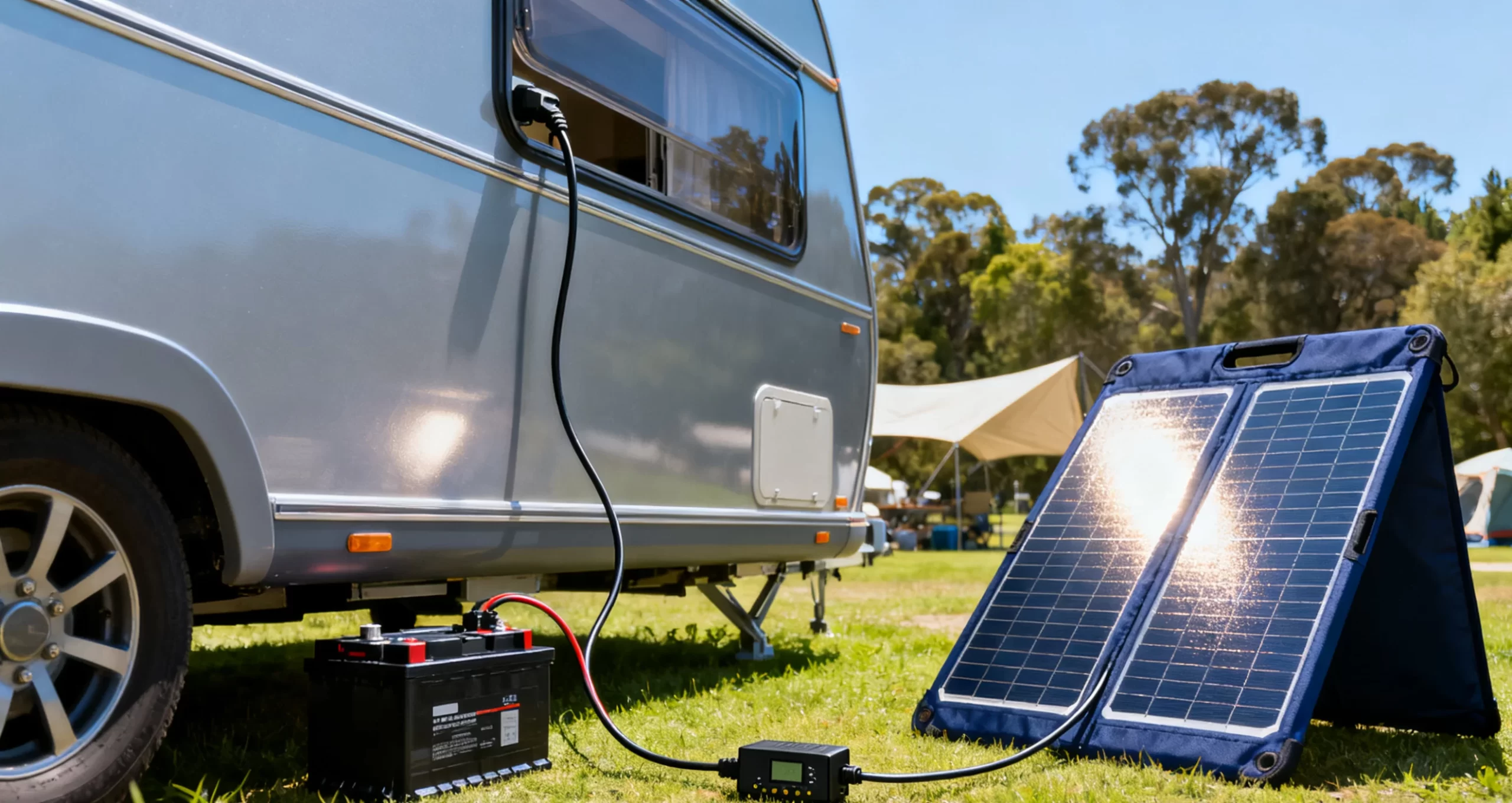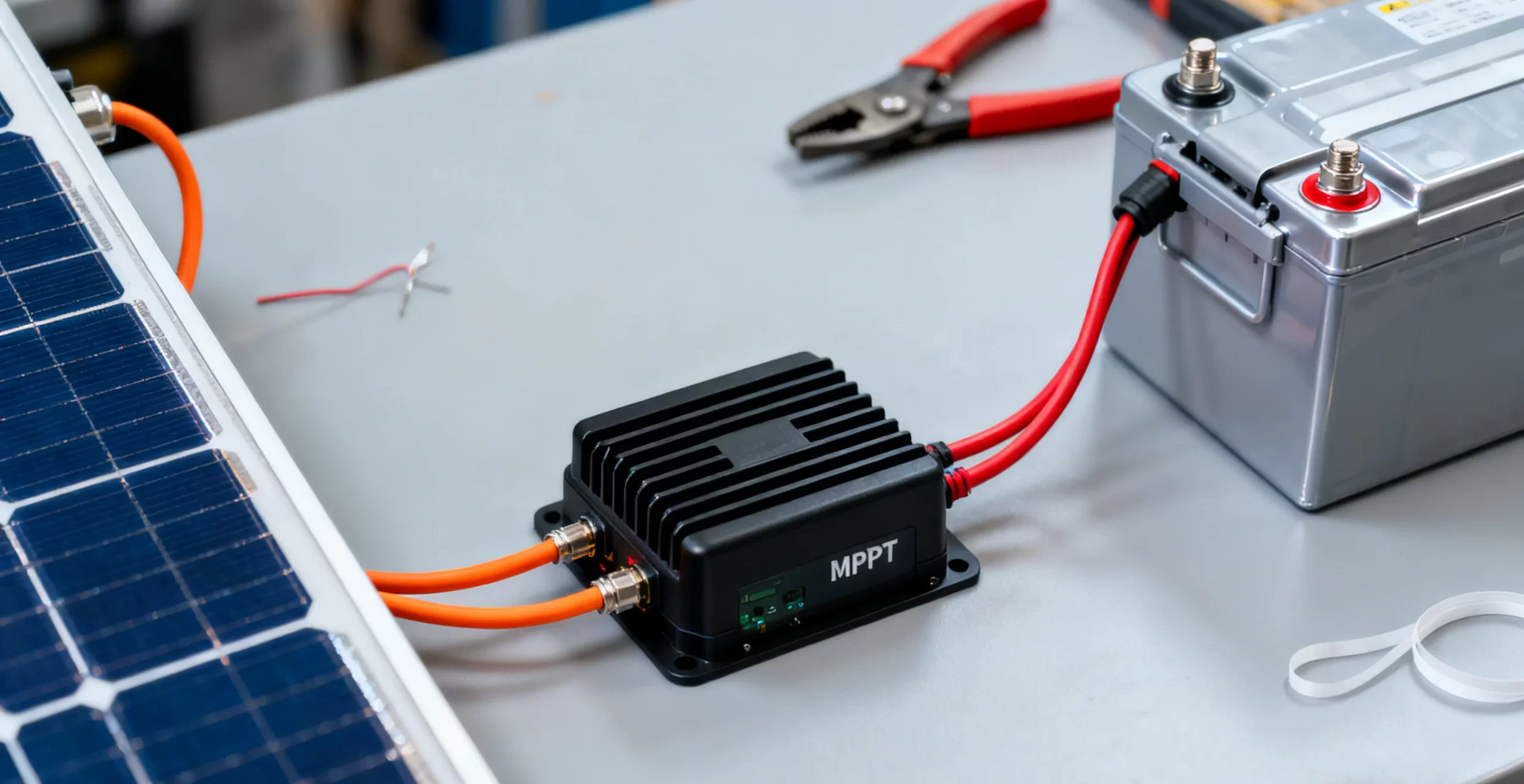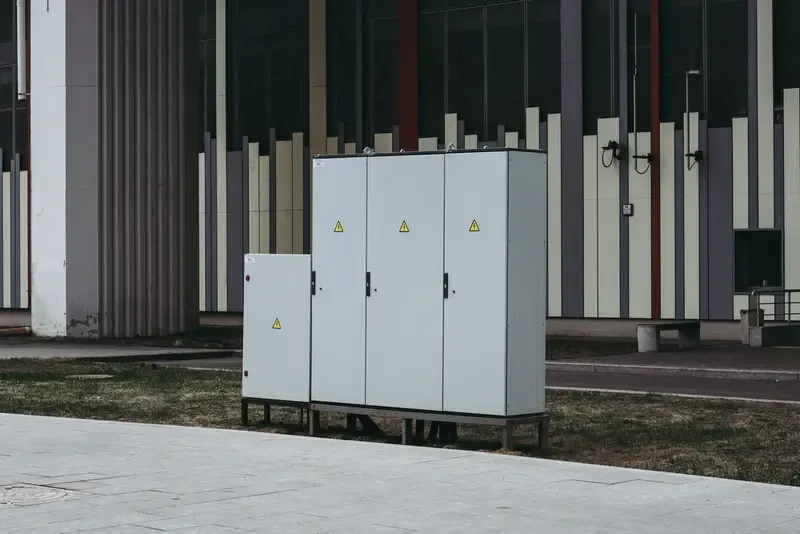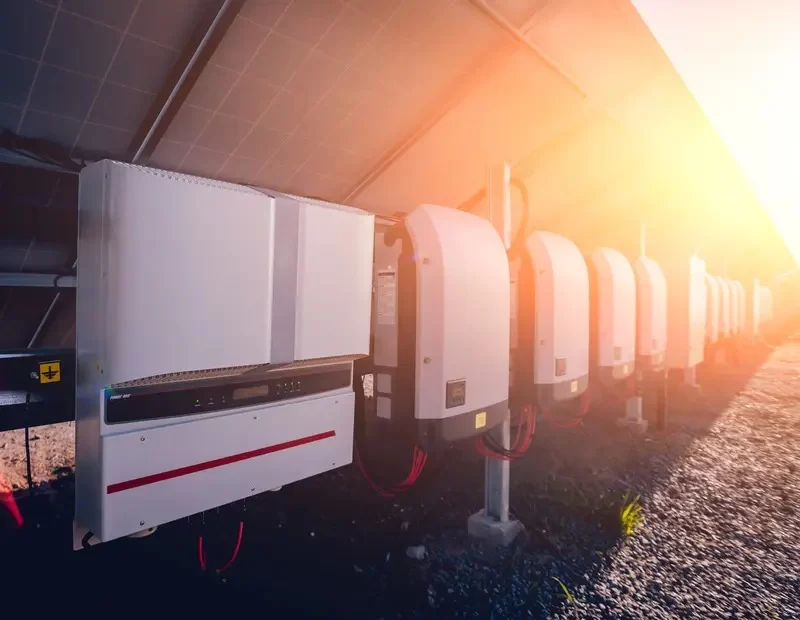- tel:+86-13651638099
- Email: [email protected]
- Official website: www.hj-net.com
- Address: 333 Fengcun Road, Fengxian District, Shanghai
Get A Quote Now!
Connecting Batteries to Hybrid Inverters: Enhancing Home Energy Management
In the realm of renewable energy and efficient energy storage systems, hybrid inverters play a pivotal role. They combine the functionalities of traditional inverters with advanced battery management systems, revolutionizing how we manage and utilize energy.

Understanding Hybrid Inverters
Definition and Basic Functions
A hybrid inverter integrates both inverter and battery management functionalities. It allows seamless switching between solar power, battery storage, and grid power, optimizing energy usage based on demand and availability. This integration ensures that energy is used in the most efficient manner possible, reducing waste and enhancing reliability.
Applications
Commonly used in residential and commercial settings, hybrid inverters ensure a continuous power supply, even during grid outages. They enhance energy efficiency by storing excess solar energy for later use, reducing dependency on external power sources. This capability makes them an excellent choice for those looking to increase their energy independence and sustainability.
Selecting and Compatibility of Batteries
Types of Batteries
When selecting batteries for a hybrid inverter, various types should be considered. Lithium batteries for inverters are particularly popular due to their high energy density, long cycle life, and low maintenance requirements. Lead-acid batteries are another option, though they typically offer lower energy density and shorter cycle life compared to lithium batteries.
Ensuring Compatibility
It’s crucial to select batteries that meet the technical specifications and compatibility requirements of hybrid inverters. This ensures optimal performance and longevity of the energy storage system. Compatibility checks should include voltage matching, capacity requirements, and communication protocols between the battery and inverter.
Detailed Connection Process
Hardware Interfaces and Ports
Hybrid inverters come with specific interfaces and ports designed for connecting batteries. Understanding these connections is essential for safe and efficient operation of the entire system. Typically, hybrid inverters have DC input ports for battery connections and AC output ports for household appliances or the grid.
Cabling and Connection
Correct cabling and wiring methods are vital to connecting the battery system to the hybrid inverter. Using appropriate cables and connectors minimizes risks and enhances system reliability. Ensure that all connections are secure and follow manufacturer guidelines to avoid potential issues such as power loss or short circuits.
Configuration and Setup
System Configuration
Configuring the hybrid inverter to recognize and manage the connected battery system effectively involves several steps. Setting the charging and discharging parameters is crucial to maximize energy utilization and battery lifespan. Proper configuration ensures that the system operates smoothly and efficiently.
Charge and Discharge Management
Optimizing the hybrid inverter’s settings to regulate the charging and discharging cycles of the batteries improves energy efficiency and ensures consistent performance over time. This includes setting thresholds for when the battery should start charging or discharging based on energy availability and consumption patterns.
Safety and Compliance
Safety Considerations
Key safety considerations during the installation and operation of hybrid inverters and battery systems include adhering to electrical safety protocols, using proper insulation for cables, and ensuring that all components are rated for the system’s voltage and current levels. Following these guidelines minimizes risks associated with electrical installations.
Regulatory Compliance
Ensuring that all installation practices and operational procedures comply with local electrical safety regulations and manufacturer recommendations is critical. Compliance ensures safe and legal operation of the system, protecting both the installer and the end user from potential hazards and legal issues.
Case Studies and Benefits
Real-World Applications
Successful integration examples of hybrid inverters with battery systems in various settings showcase their performance benefits. For instance, off-grid cabins and urban homes have reported increased self-sufficiency and reduced energy costs by utilizing hybrid inverters. These real-world applications illustrate the practical advantages of combining solar power with battery storage.
Performance Advantages
The primary benefits of connecting batteries to hybrid inverters include enhanced energy independence, lower electricity bills, and improved sustainability. By storing excess solar energy and using it when needed, homeowners and businesses can reduce their reliance on grid power and promote a greener lifestyle.
Conclusion
In conclusion, connecting batteries to hybrid inverters involves careful consideration of technical compatibility, safety protocols, and regulatory compliance. By following proper installation and configuration practices, homeowners and businesses can maximize the benefits of their energy systems, achieving greater efficiency and reliability.
After reading this comprehensive article on how hybrid inverters connect with battery systems, you might be interested in exploring our integrated inverter solutions. Our Integrated Inverter with Battery series combines the latest inverter technology with advanced battery management systems, offering seamless integration and efficient energy management for both residential and commercial applications. Click here to learn more about how our integrated inverters can enhance your energy independence and efficiency.


